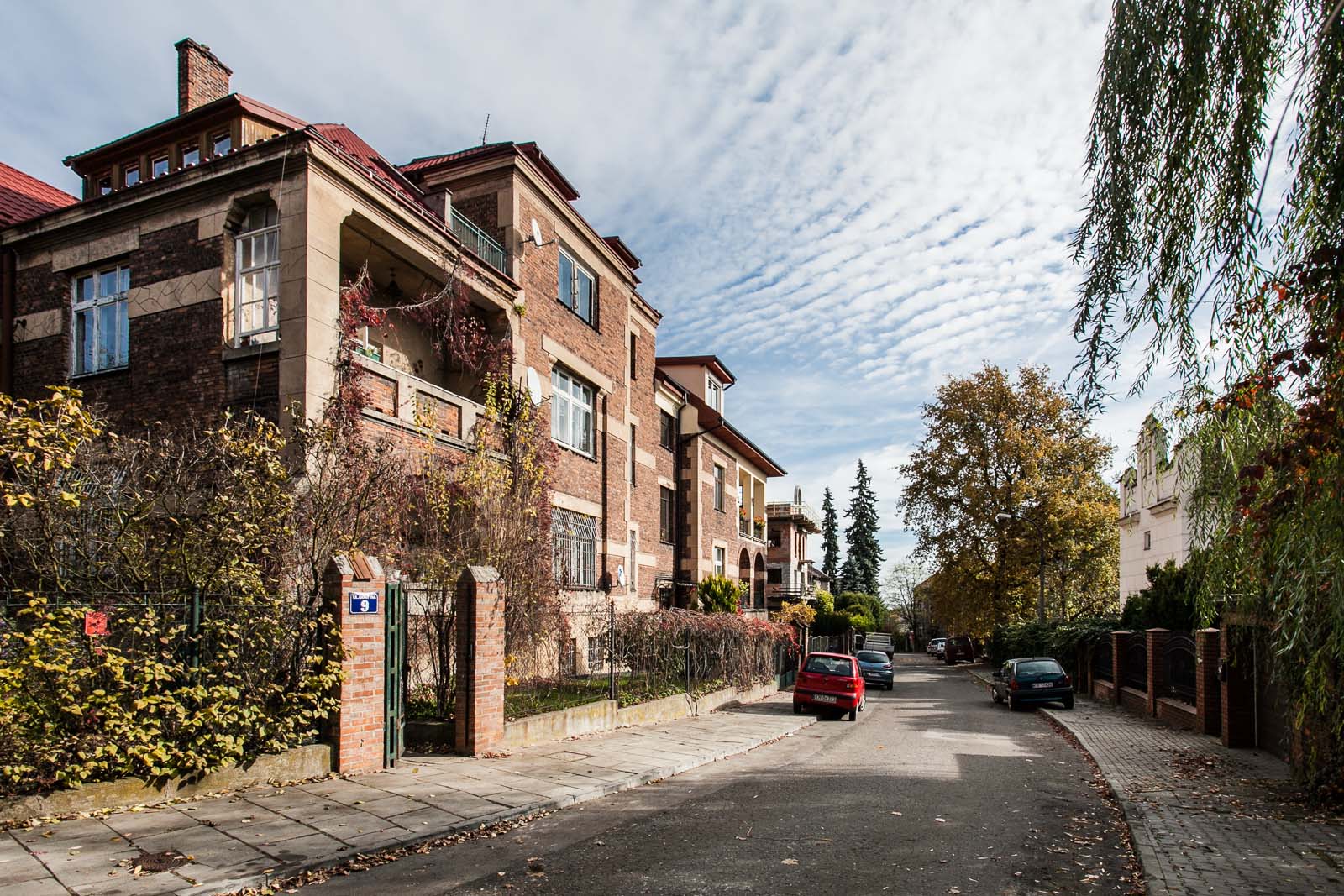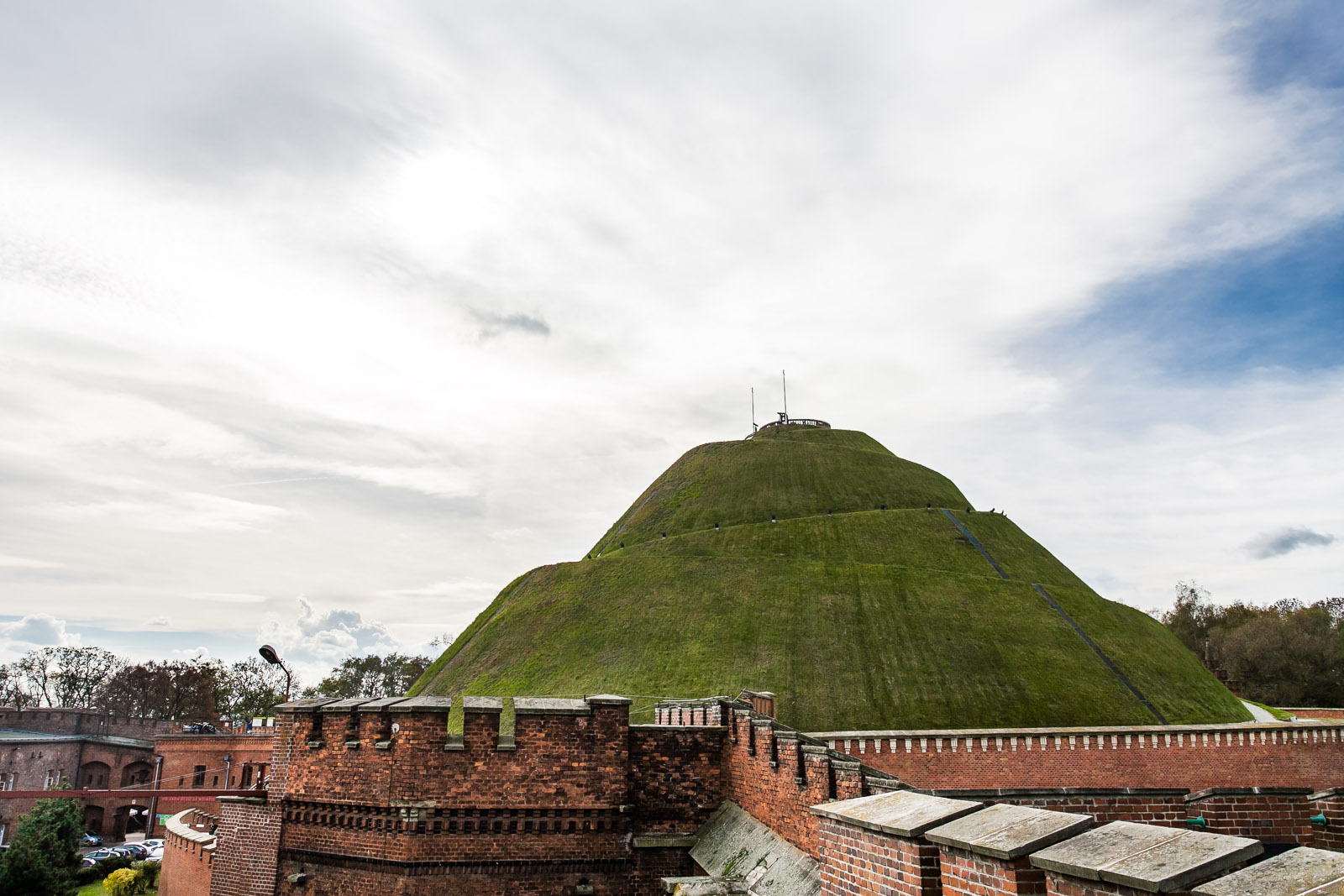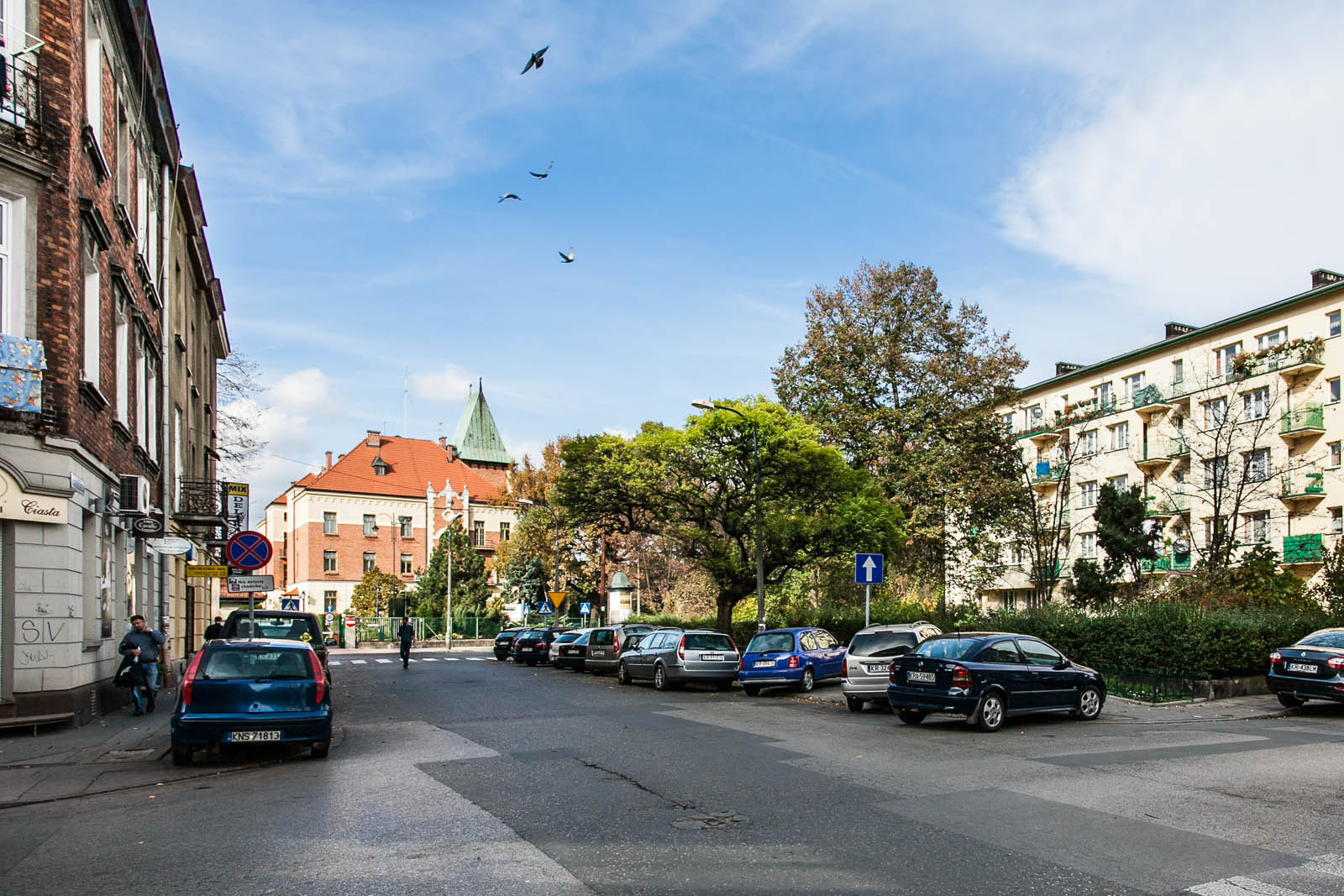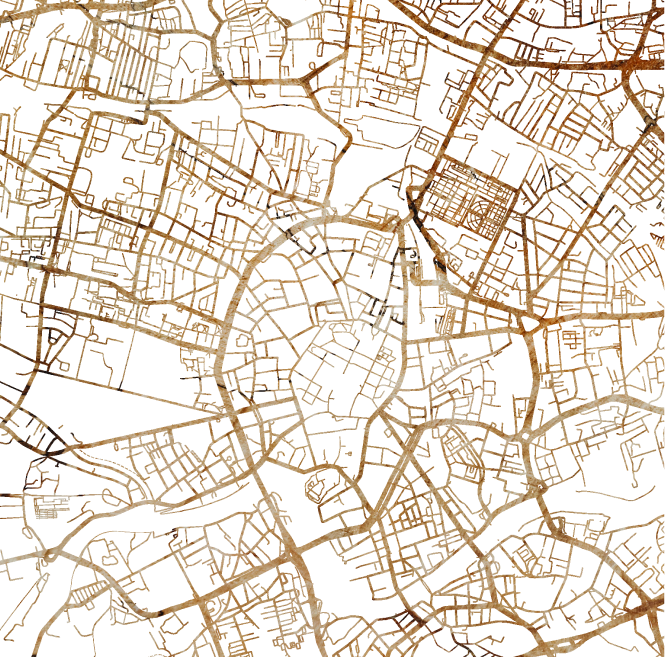Salwator - elit and elegant
One of the most beautiful districts of Krakow, famous for its magnificent early-20th century architecture and an incomparable atmosphere.
Based in Kraków, Poland
Based in Kraków, Poland
General Info
Sitting west of Stare Miasto, Salwator has long been regarded as home to Krakow’s elite. With the first wave of residential buildings constructed in the early 20th century, it was to here that the city’s most distinguished figures relocated: literary heroes, leading legal figures and industrialists. Notable for its serenity and quiet sense of history, it’s a district that enchants with its lavish villas and assorted points of interest: the pint-sized ‘devil’s bridge’, an Austrian fortress and sprawling Norbertine Monastery. Increasingly popular with the city’s foreign community, this garden suburb offers a stillness far removed from the clang and clamour of downtown Krakow.


Architecture & Property
Known as an affluent and desirable place to live, Salwator’s architectural composition presents a striking array of unique historic properties, some of which are now protected as listed buildings. Often clad in vines and intricate gargoyles, the most sought after villas were constructed in the early 20th century and during the nation’s inter-war modernist period. However, new apartment complexes are also arising, and these have been built to subtly merge with the green surrounds of this prestigious area. Others, meanwhile, have incorporated state-of-the-art architectural solutions to feature preserved historic facades and blend them into new-build projects.
Architecture & Property
Known as an affluent and desirable place to live, Salwator’s architectural composition presents a striking array of unique historic properties, some of which are now protected as listed buildings. Often clad in vines and intricate gargoyles, the most sought after villas were constructed in the early 20th century and during the nation’s inter-war modernist period. However, new apartment complexes are also arising, and these have been built to subtly merge with the green surrounds of this prestigious area. Others, meanwhile, have incorporated state-of-the-art architectural solutions to feature preserved historic facades and blend them into new-build projects.

Green & Recreational Areas
One of Salwator’s principal draws is its accessibility to greenery. To the south, that means the riverfront boulevards, whilst to the north, the Blonie Meadow. Hosting six papal gatherings to date, this vast, rolling field has featured heavily in Krakow’s modern history and also played host to the city’s first flight in 1910. However, it is Salwator’s western rump that merits the most attention. Home to an achingly poetic cemetery inside which local heroes such as the author Stanislaw Lem lie buried, the west serves as a gateway to the forests beyond. Here, one can climb the Kosciuszko Mound, a manmade hill constructed in the 19th century to honour the freedom fighter Tadeusz Kościuszko. From the top, views of the Tatra Mountains are possible on a clear day. Heading further out, the Wolski Forest is one of the city’s great environmental treasures and is criss-crossed with nature trails and attractions such as the Krakow Zoo.



